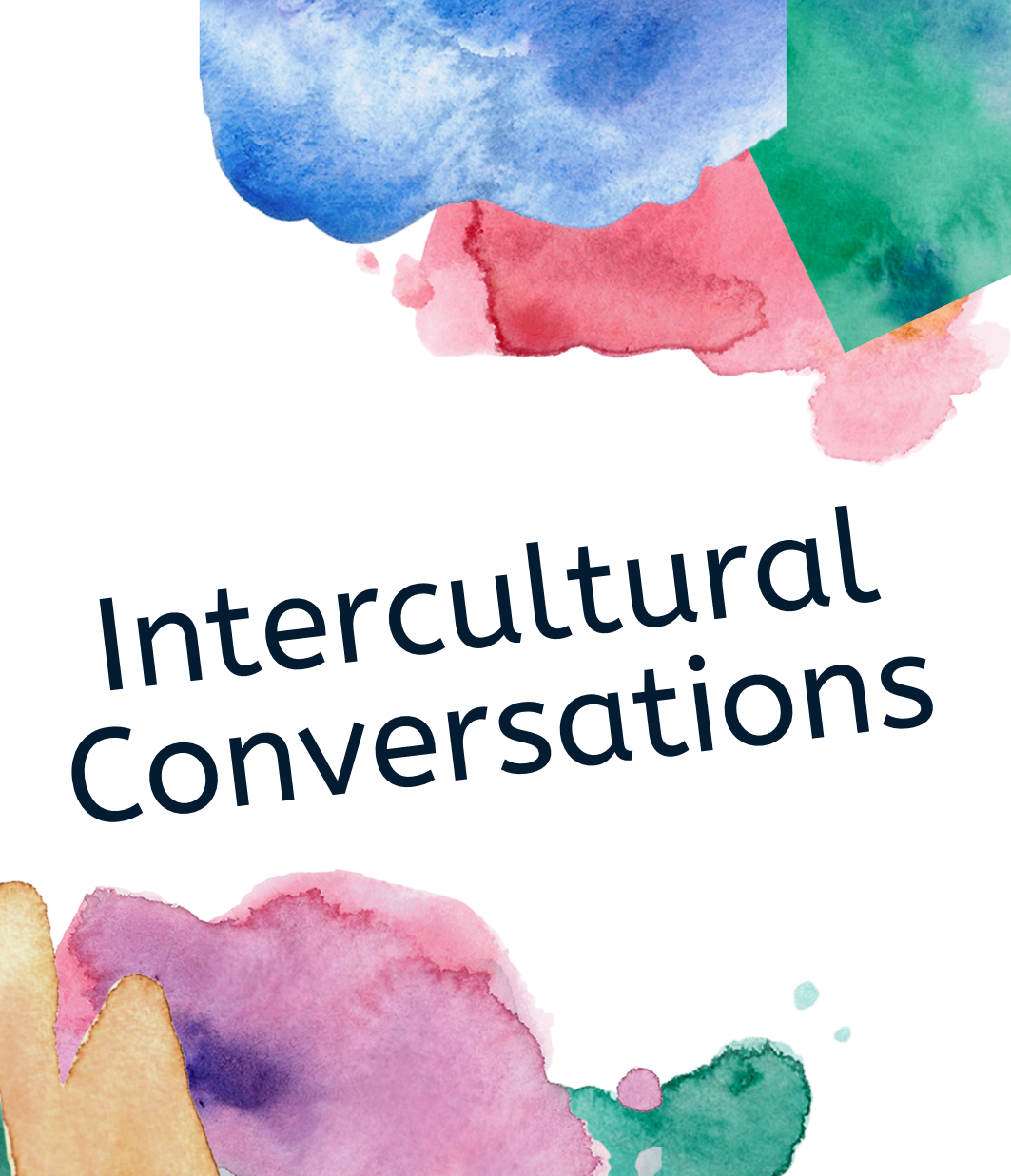What do intercultural conversations look like in your language class?
Depending on the age of the students, intercultural conversations can take many different shapes and forms. For the purpose of this blog, I’ll talk about the experience of bringing a native Spanish speaker to my middle school class. This person was from Spain. Why from Spain? We were getting ready to read “Agentes secretos y el mural de Picasso” by Mira Canion and I wanted to introduce them to Spain in a different way. My first impression was that (in general), my students knew little about Spain and had misconceptions about this country. Off to an interesting start!

How might you prepare students to have intercultural conversations?
I am sure that there are many ways to have students get ready for intercultural conversations but I decided to go with questions, facts, and maps.
Asking Questions:
I asked my students what they wanted to know about Spain and wrote each one of their questions. I could see how their minds fed from each other’s ideas, and I was impressed with the array of questions they had. We created a long list of questions.
Categorizing questions:
Next class, I asked them to work in groups of three. They had to read the questions generated in our previous class, find connections among them and group them in categories. They also had to come up with the names for the categories. When they finished, I asked one group to tell me a category and read the questions that were in it. If others disagreed, they would have to explain why and what they would do differently. When all the questions were classified and everybody was in agreement, we paused for a second and re-read all the questions in each category.
Delving Meaning:
Now, it was time to think deeper and discuss how the visitor would feel or react to the questions. We wanted to avoid questions that sounded too direct or even unintentionally offensive, i.e. ‘Why did you come to America?’ We rearranged the questions and tweaked some of them so that they would provoke a positive response in our speaker. When we finished, we re-read the questions once more and … finally, we all liked how they sounded!
This step of the process proved to be a fundamental part of the experience, it sparked empathy and kindness. Students could see that the way we ask questions is as important as what we ask.
Finding Facts:
Now that the questions were ready, students had to investigate and find three to five facts about Spain.The next day, they came excited about their findings. “Quite interesting facts, Sra!” they said. “Did you know that the Spanish anthem does not have lyrics? Did you know that Spain has many World Heritage Sites?”
Reading Maps:
We found Spain and its islands on a world map and also read a couple of simple articles that explained Spain’s location and regions. Students were surprised to find out that Spain is similar to Texas in size. Now, I felt students were ready to meet our guest speaker.
Time to meet our guest speaker
Finally, the day to meet our guest speaker had come! I had sent her the questions in advance so she could prepare for our meeting. She had made a short presentation with images based on the questions my students had asked. As I had anticipated, students were intrigued by all she had to show them about Spain but she did not stop there. She also asked students personal questions such as, favorites, sports, and traveling, to compare their experiences with hers and so that they could relate to what she was talking about. They gave her a round of applause when she finished.
Time to reflect on the learning of intercultural conversations
As my guest speaker spoke practically all in Spanish (really! the 90% suggested by ACTFL) I was curious to know how much my students had understood. I decided to have them do a short reflection using the PZ Thinking Routine: I used to think … But now I think / I know. I added “I learned” and “I liked” for those that needed to express more concrete thinking. I was amazed at how much students had understood and learned through this experience.
In sum, I was happy to see the growth in my students’ thinking and learning. Moreover, I felt very accomplished to have facilitated a successful intercultural conversation.
